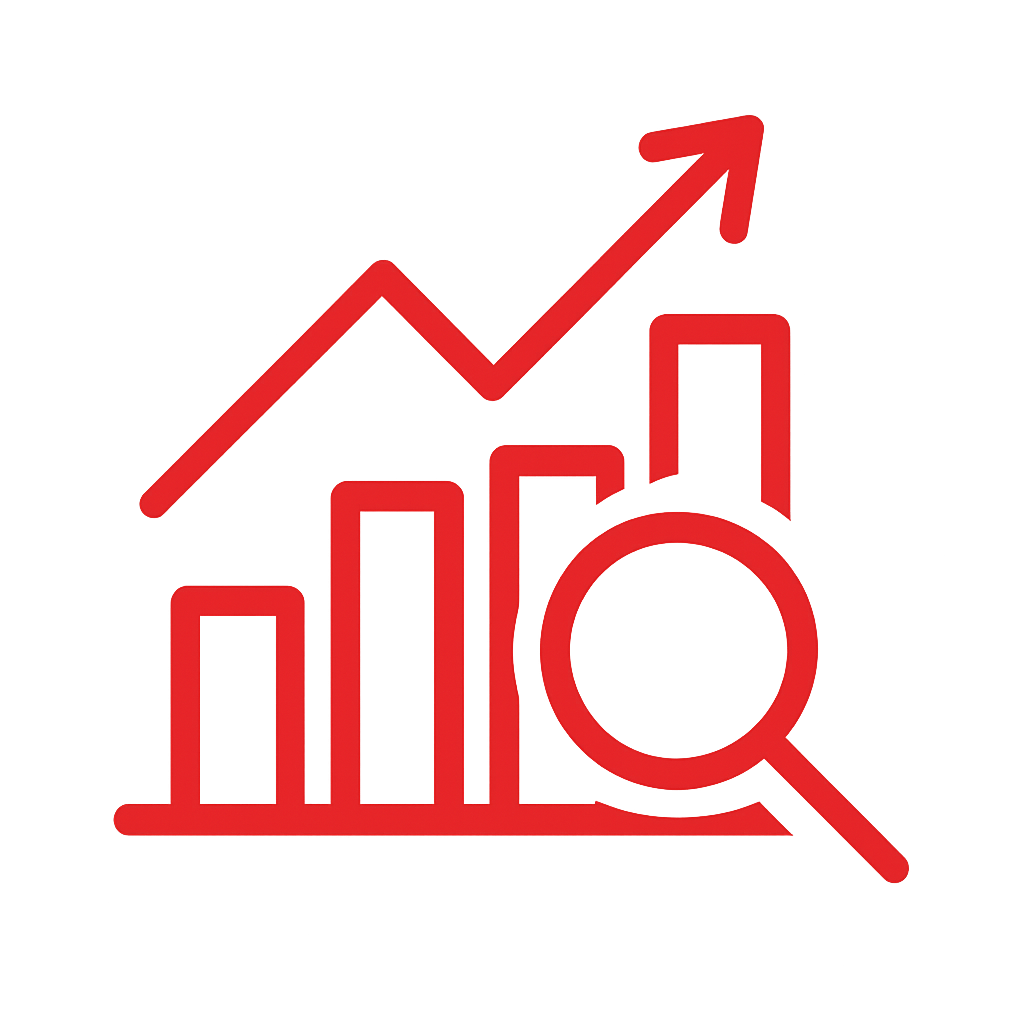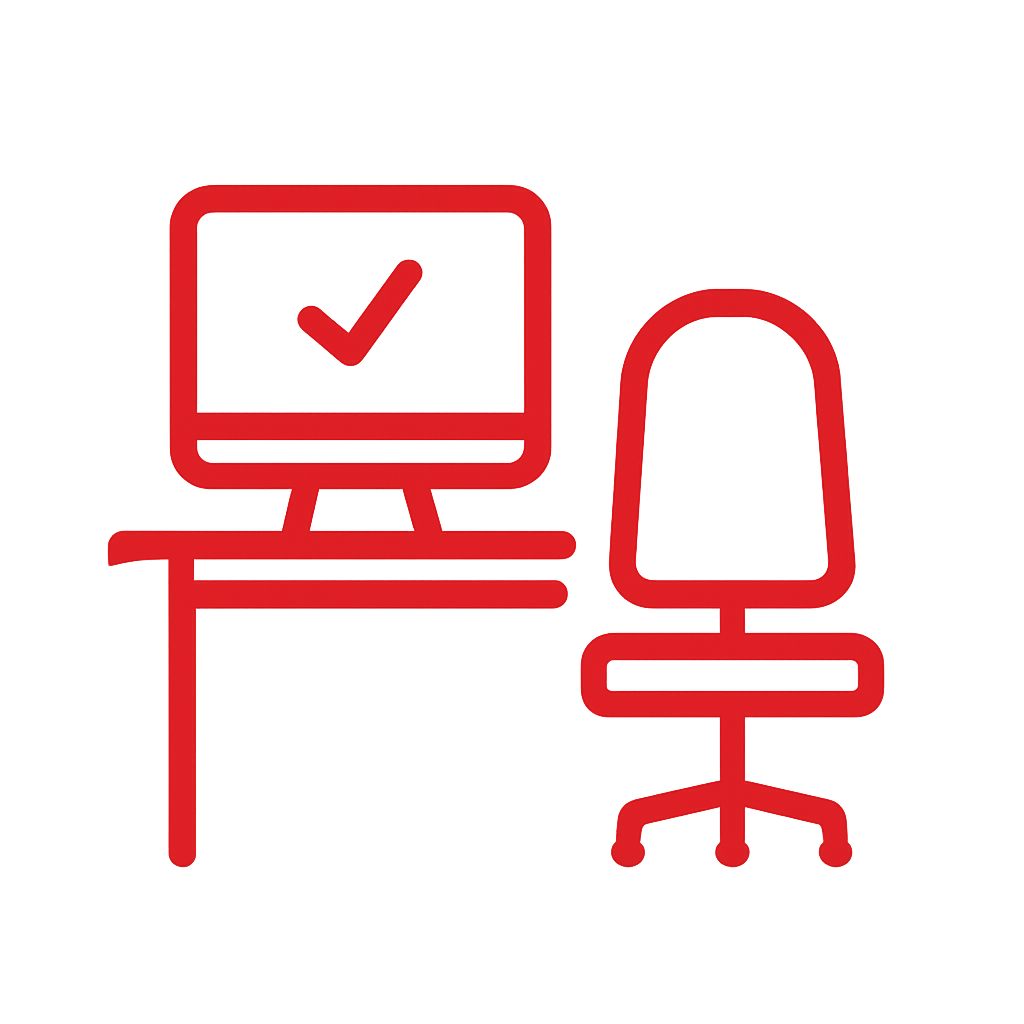NO MATTER YOUR VISION.
WE GUIDE YOU
WE GUIDE YOU
For over 30 years, Veldhoen + Company has developed and implemented new ways of working for forward-thinking organisations.
5 min read
Blog Title
In the past, exploring innovative workplace strategies might have seemed like a luxury. In today's dynamic landscape, adopting a modernised approach to work culture has become a necessity. Workers now value meaningful tasks, better work-life balance, skill development, and an engaging, productive work environment when looking for jobs. Organisations are seeking efficient work processes and will use frameworks like ABW or Agile to achieve this.
Each framework has its own way of achieving and balancing employee and organisational goals. They both aim to make work and the organisation more flexible and adaptable.
Which framework would be the best fit depends on the particulars of your team or organisation. This article will help you get started on making your team more flexible by answering the questions:
-
What is Activity Based Working (ABW)?
-
What does Agile working look like?
-
How does Agile working differ from ABW?
WHAT IS ACTIVITY BASED WORKING?
We're proud to admit that Veldhoen + Company coined the term ‘Activity Based Working’ (ABW) in the '90s before it was a trending topic. As with most other areas in our life outside of work, we have appropriate, tools, environments, and behaviours. We cook in the kitchen with specific cooking tools, sleep in the bedroom, and bathe in a bathroom. ABW applies this same logic to our work activities and environment.
ABW takes three main things into consideration:
-
The individual needs: What kinds of tasks are needed for an individual's job, and how and when can they best perform that work (together in-person, hybrid, async?)
-
The optimal environment: What setting best supports the activity (focus work, creative brainstorming, calls)? Is it in a meeting room, at home, a co-working space, outside, a café, or somewhere else?
-
The necessary tools: What technology or materials (digital or analogue) do individuals need to support their own activities? Which tools are needed for specific environmental setups? Examples can include audio visual tools, laptops, and even a stable internet connection.
Despite common misconceptions, ABW is not just about funky design. Each ABW design is unique because no two teams are alike. The exploration of new ways of working is best supported by an observational study to understand how team members currently work.
With the right workplace data, a clear path towards how they intend to work in the future can be mapped and successfully executed. Considerations can include:
-
How much time do people spend on focus work, in meetings, on calls, or coordinating with their team?
-
How big are the sessions?
-
Is there existing cross-collaboration between groups?
-
If so, how do these teams coordinate their work and how often?
According to Zak Hogg, these considerations are an investment that has big rewards:
"V+C believes that intentionality of work empowers intelligent and capable individuals to make autonomous decisions about how to best do their work. This is a great way to get to wonderful productivity and higher engagement. For many of our clients, moving the needle anywhere from a 0.1 to a 1% increase in productivity gives them an edge over their competitors and a massive return on their investment – it's huge!"
Zak Hogg
Veldhoen + Company | Senior Consultant
Companies like ING Group, Microsoft, Unilever, and PwC have embraced ABW.
The Activity Based Working model organises around individual needs, these preferences also relate to their team. ABW investigates how workplace design supports employees in deciding where, when, and with whom they do their best work.
Team agreements are the glue that keeps the team aligned and answers questions like:
-
What do we agree as a team to achieve our goals?
-
What do we want to implement?
-
Which action points do we need to take?
-
How do we communicate and keep everyone up to date?
-
How do we test what we do?
This team exploration encourages conscious decisions about what conditions will best support day-to-day performance. Once team agreements are set up, managers provide freedom and trust to their team.
ABW focuses on output, not on the process towards this output.
WHAT DOES AGILE WORKING LOOK LIKE TODAY?
The origin of Agile's invention is hotly disputed; it mostly gained momentum in the late 1990s with the dot-com boom. Software development teams had a desire to be more productive within elaborate plans, entangled rankings, and lengthy process descriptions. They developed an iterative way of thinking, working and organising that revolves around, well, agility.
The Agile work style brings individuals together to initiate a creative process. The focus is on team autonomy and multidisciplinary collaboration. With Agile working, there aren't long-term plans but short sprints with room for incremental improvements. The information is visualised and pieced together in steps.
Imagine tech giants like Dell or Facebook with different disciplines around a scrum board, brainstorming sessions on post-its, and running short stand-ups to discuss the project's status.
Agile working's goal is that teams become more innovative and productive in achieving better results – which is not so different from Activity Based Working.
Watch this video for a visual explanation of agile working.

HOW DOES AGILE WORKING DIFFER FROM ABW?
The key difference between Activity Based Working and Agile working is the focus on the individual (ABW) versus the emphasis on the team (Agile). ABW and Agile are both people-centred change systems to help organise a company more flexibly, but some key differences exist.
V+C's Zoe Chen, summarises them as follows:
"ABW describes a philosophy for how to make choices about where to work and how to work. Agile methodology describes a series of steps a project team needs to take together to accomplish project goals. "
Zoe Chen
Veldhoen + Company | Senior Consultant
While ABW focuses on supporting individual autonomy of choice across an organisation towards shared outcomes and values, Agile is a more prescriptive framework focusing on how to get work done with heightened flexibility. ABW can be implemented by companies of all sizes and across all industries. Common examples of how companies use ABW include:
-
Property investment firms use ABW as a guideline at the enterprise level to model new builds or rethink the renovations of workspaces.
-
Organisations who wish to reduce the overhead of office space rental costs often turn to ABW. Commonly, many office layouts where everyone has an assigned desk reach a daily capacity of just 40% (on average). Following ABW guidelines in office furniture selection and applying some calculations can reduce the office space required to accommodate the daily headcount.
-
Fast-growing organisations anticipate an influx of new hires and want to shift to a more flexible workplace strategy to accommodate new and existing employee preferences.
-
Any organisation in any industry that wishes to enable a more collaborative workforce and attract talent with workplace design that's easily adaptable as they grow and evolve.
Can Agile Working and ABW Co-Exist?
The short answer is yes! V+C's Jonas Thelandersson, says;
"There's no conflict between ABW and Agile working. If ABW is a pie, Agile can certainly be a piece of that pie. The ABW philosophy might not always be needed in environments where teams are sufficiently organised with the existing Agile framework."
JONAS THELANDERSSON
Veldhoen + Company | Senior Consultant
Engaging in a utilisation study can help leaders better understand which methodology would work best for their teams.
MODERN TEAMS WANT FLEXIBLE WORKPLACES
Both Agile and activity based workplaces are all about being flexible, but they do it in different ways.
Agile working focuses on how effective, iterative teamwork can boost creativity, while ABW emphasizes each person's independence to get things done to their best ability while respecting the team agreements set together with their team.
The engine of ABW is a flexibly designed working environment (both in and out of the traditional office); in Agile, its power comes from visualising the work process. Agile workplaces encourage teams to work together and iterate which for some types of teams is a perfect fit, while ABW setups can work well in any industry because it adapts easily to many flexible ways of working.
Workplaces need strategies that let teams be flexible and resilient if they want to hold onto their best people and encourage innovation and high performance. Long gone are the days of installing slides instead of stairs, glorified gaming rooms, or having office workers run around the sales floor on roller skates in hopes that it sparks creativity. Rather it's about understanding how each team works and forming an environment that suits them.
Get the right guidance on office design to set up your team for success with an approach that helps create a culture where innovation and teamwork will thrive.















.png?width=352&name=V+C%20(4).png)

.png?width=352&name=V+C%20(2).png)